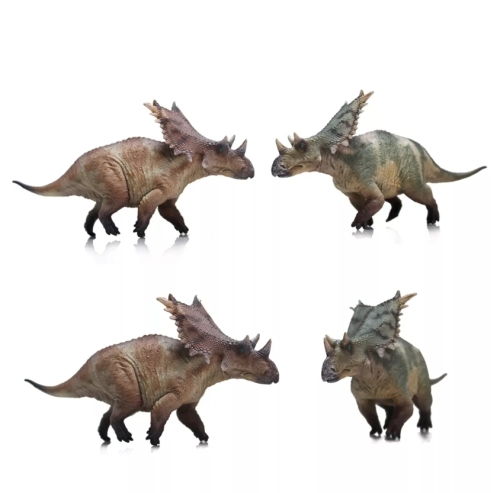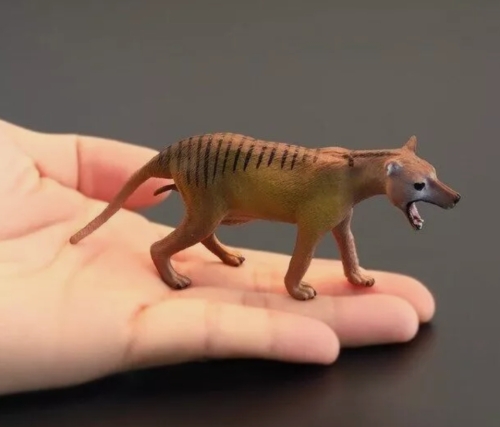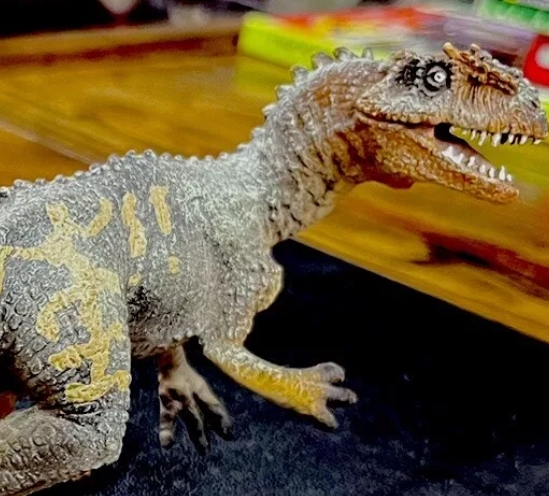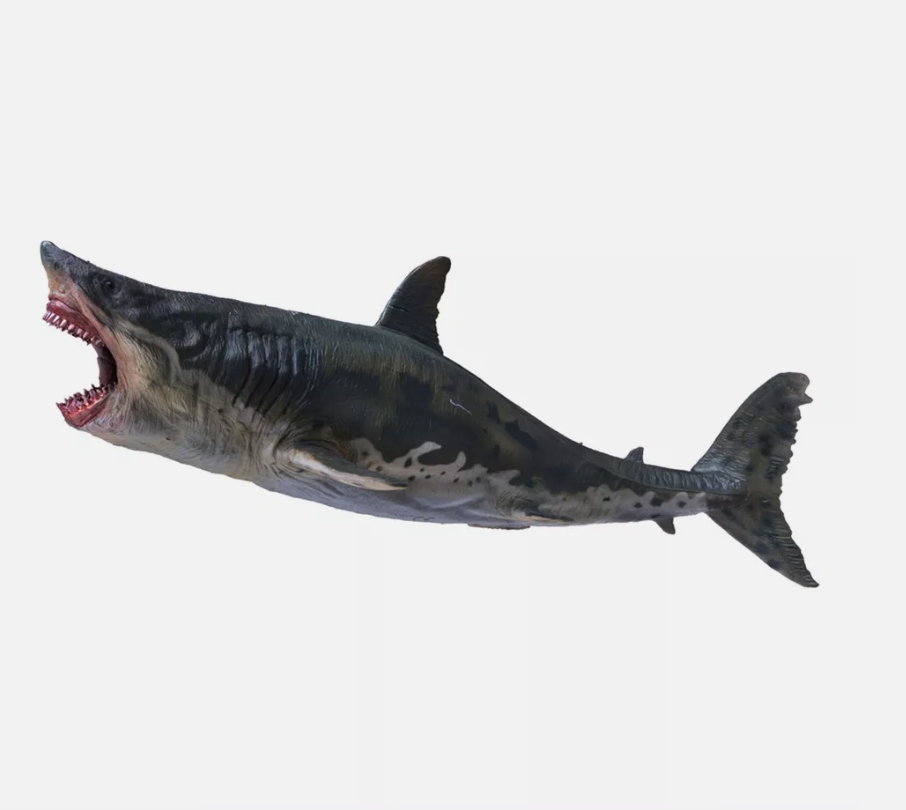Animal models are important tools in biomedical research and are widely used in the study of disease mechanisms, the development of new drugs and the validation of therapies. By using different species of animals, scientists are able to model the biological mechanisms of human diseases, thereby improving the understanding of diseases and the effectiveness of treatments.
First, animal models can provide information about the physiological and pathological processes of the disease. Many diseases, especially those that are complex and multifactorial, such as cancer, diabetes, cardiovascular disease, etc., often cannot be effectively studied using cell cultures or computer models alone. Therefore, with the help of animal models such as mice, rats and rabbits, researchers can more comprehensively observe the development of the disease and potential biomarkers. For example, in cancer research, mice injected with tumor cells intravenously were able to observe tumor growth and metastasis, helping scientists understand the genetic variation of cancer cells and their response to treatment.
Second, animal models play a key role in the development of new drugs. Before entering clinical trials, a drug's safety and effectiveness must be rigorously verified in animal experiments. Animal models can help scientists evaluate the pharmacokinetics, efficacy, and side effects of new drugs, thereby reducing risks in human clinical trials. For example, the development of anticancer drugs often requires long-term observation in biologically similar animals to confirm their inhibitory effects on tumor cells and their effects on normal cells.

















